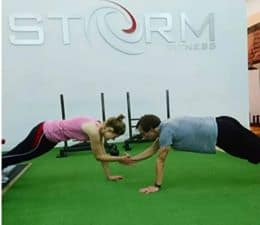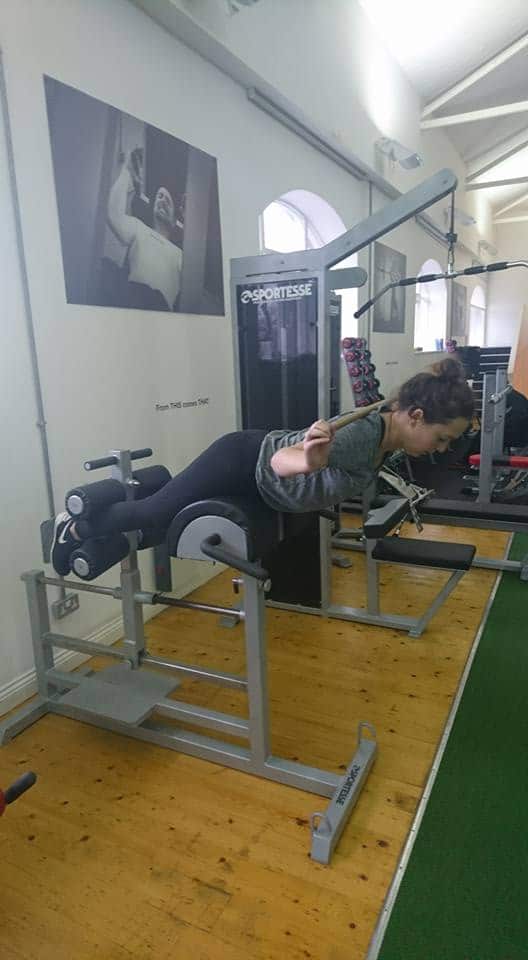Strong To The Core
You wouldn’t build a house on a weak foundation, right?
Simply put, if you’ve got a weak core (foundations), your house (body) isn’t going to last the winter…
When it comes to building a strong core, this will help you gauge where you are in terms of progression from beginner to intermediate. A lot of this comes from what I learned on Andy McKenzie’s IronMac Core seminar, which I’ve used a lot over the past year with great effect in both my own training and in clients programmes. I’m going to break this down into stages you can work through to build your core from the ground up.
Lower Abs and pelvic stability
How long each day do you spend sitting? How long each day do you spend moving your pelvis around? And lastly do you feel you have control of how your pelvis moves? Cat and Camels are great for this first, followed by leg lowers to work the lower abs. With both you should feel all those small deep abdominal and pelvic muscles working.
Movement Prep
Isometrics are a great way to build strength and stability and can have great transfer when it comes to compound movements too. They are also a great chance to learn to breathe into your belly and create tension through your core. Personally, I like to use hold variations to get a feel of bracing before lifting and as core conditioning after bigger lifts. 90/90 breathing, broomstick or band dead bugs and paused goblet squats serve well to get you bracing before lifting in the gym.
Anterior and Posterior Strength
One of the keys to a strong core is a balance of anterior and posterior strength. A great test for this is simply holding a plank or back extension. If you can’t hold it for a solid two minutes, its time to work on it. This is your benchmark. Try to reduce the number of sets it takes to build up to two minutes under tension each session.
Plank and Back Extension Variations
You can vary both exercises through stability, load and levers. I’m not a big fan of using unstable surfaces to create instability but rather reducing the points of contact with the ground, so try taking one/two limbs off the ground. From there you can begin to add weight on your back or destabilise further by getting someone to push you around (literally). For the back extension you can begin to add weight by holding a plate or dumbell(s) in your hands, but make sure your shoulders aren’t rounded forward. You can also lengthen the levers by extending your arms above your head. Start off with a broomstick then move onto a barbell.
Conditioning
If you’re looking to improve your core, dedicating a portion of your training to core conditioning can help you develop the endurance to keep lifting safely under fatigue. I’m not talking about doing limitless crunches here either, this is about quality hard work. So here are two different ways you can incorporate a core conditioning block into your sessions:
- A rep target- e.g. 50 reps for one key exercise in an area you need/want to improve on e.g. hanging leg raises. Stop every time you’re technique breaks down and be honest with yourself. A great challenge is every time you break the bar, give yourself another exercise e.g. 10 burpees. Not only will you develop a solid core, but you’ll drill technique under fatigue.
- A time block- Pick two exercises, one for anterior, one for posterior and a rep range for both. Perform with good technique as many times as you can within 10 minutes.
Forget the ego reps and endless crunches. Build your core with intention and start developing long lasting, serious core strength.
Start Your Fitness Journey Today
Our consultations are informal and straightforward
They give you a chance to get to know your trainer and provide us with all the information we need to get you started immediately.
Please expect a response from Robbie or Sue at Storm Fitness, within 4 hours during our office hours of Monday to Friday between 9am- 5pm. Enquiries outside of this time can expect a response within 12 hours.
Get in touch



